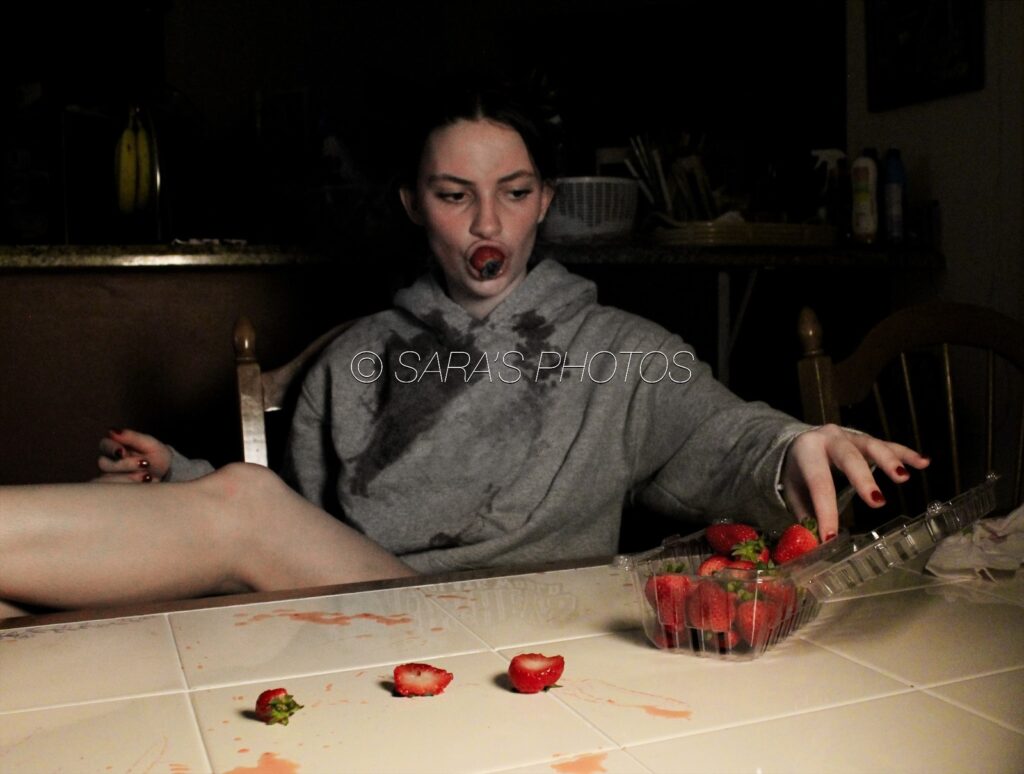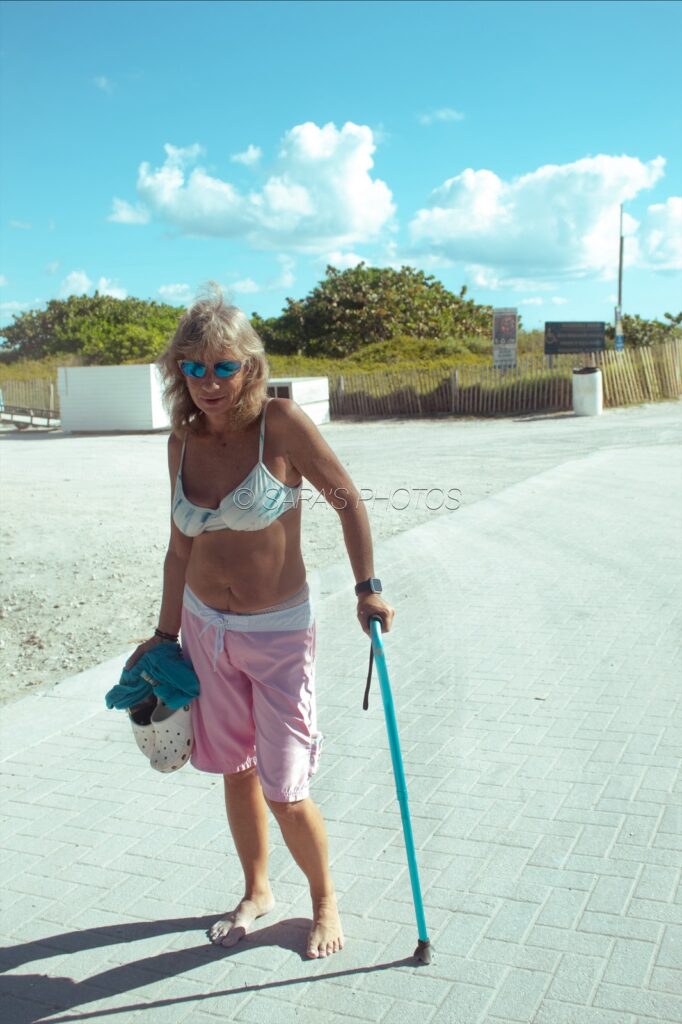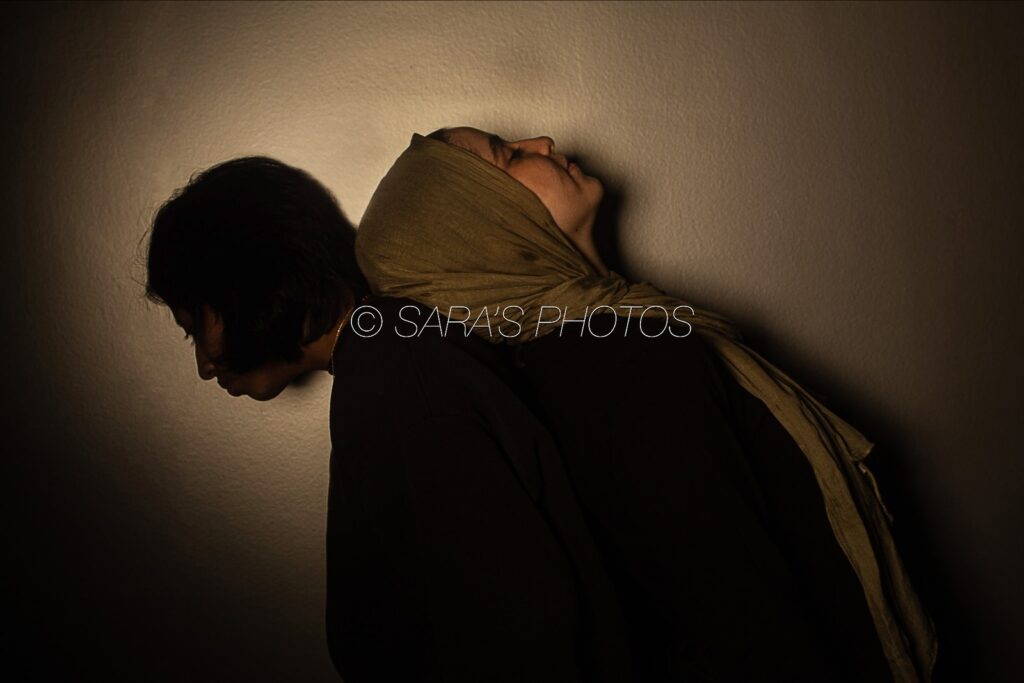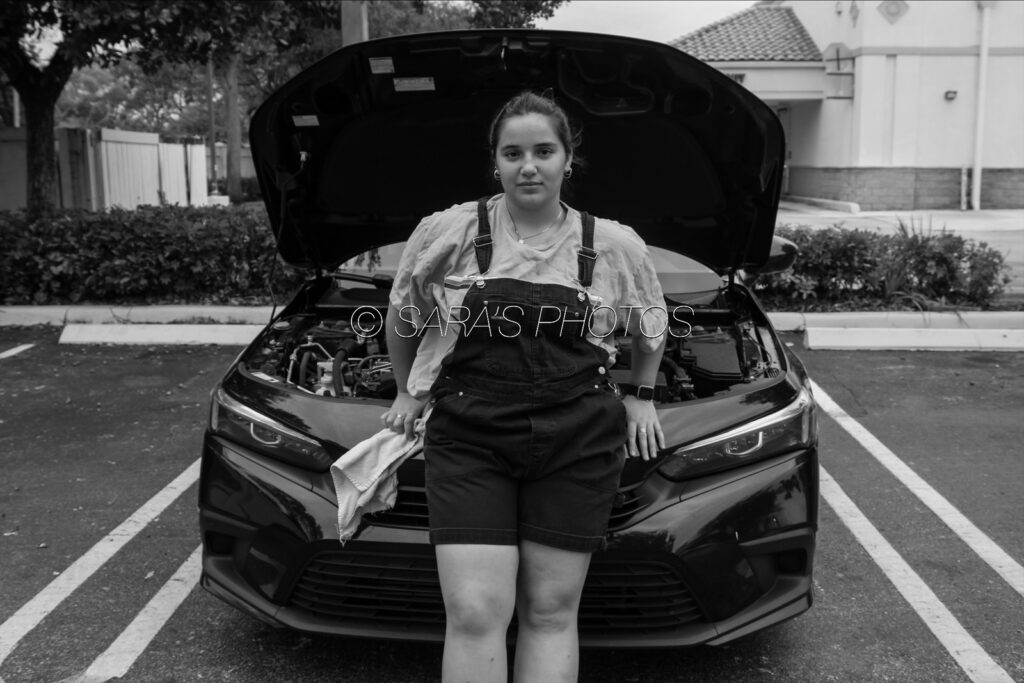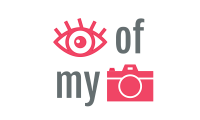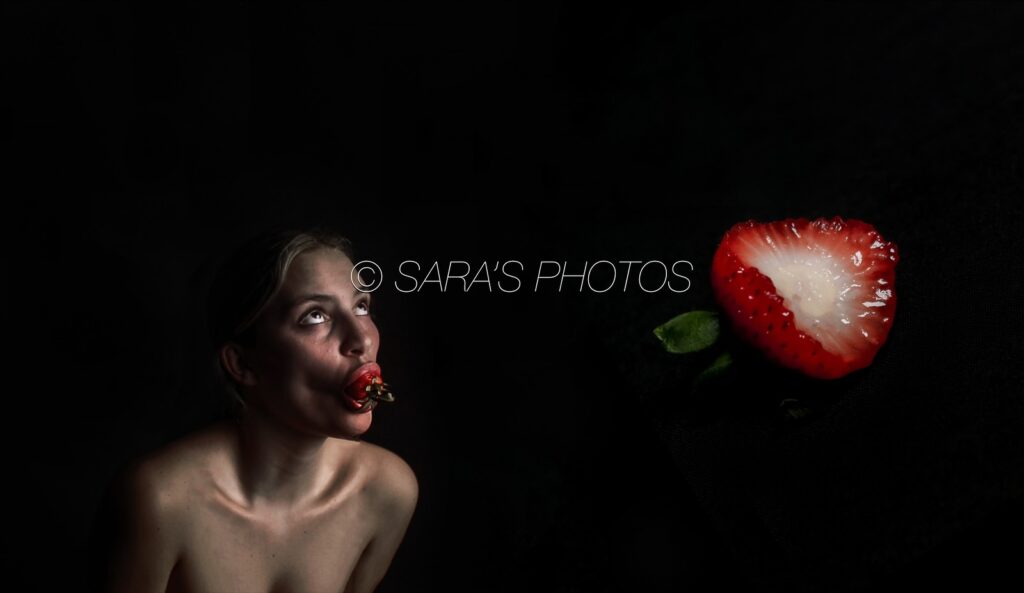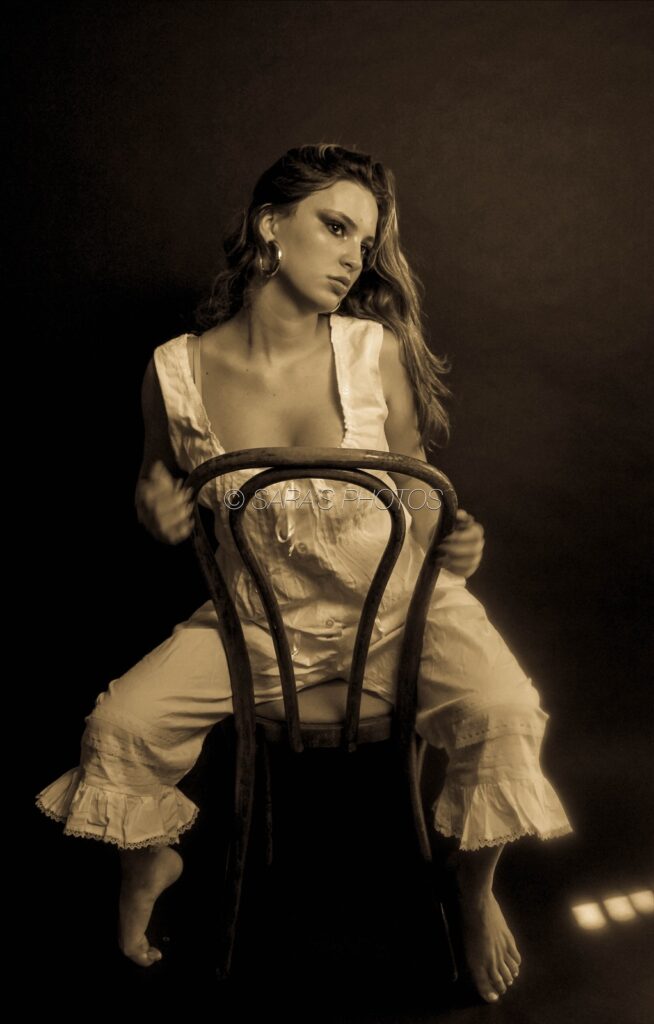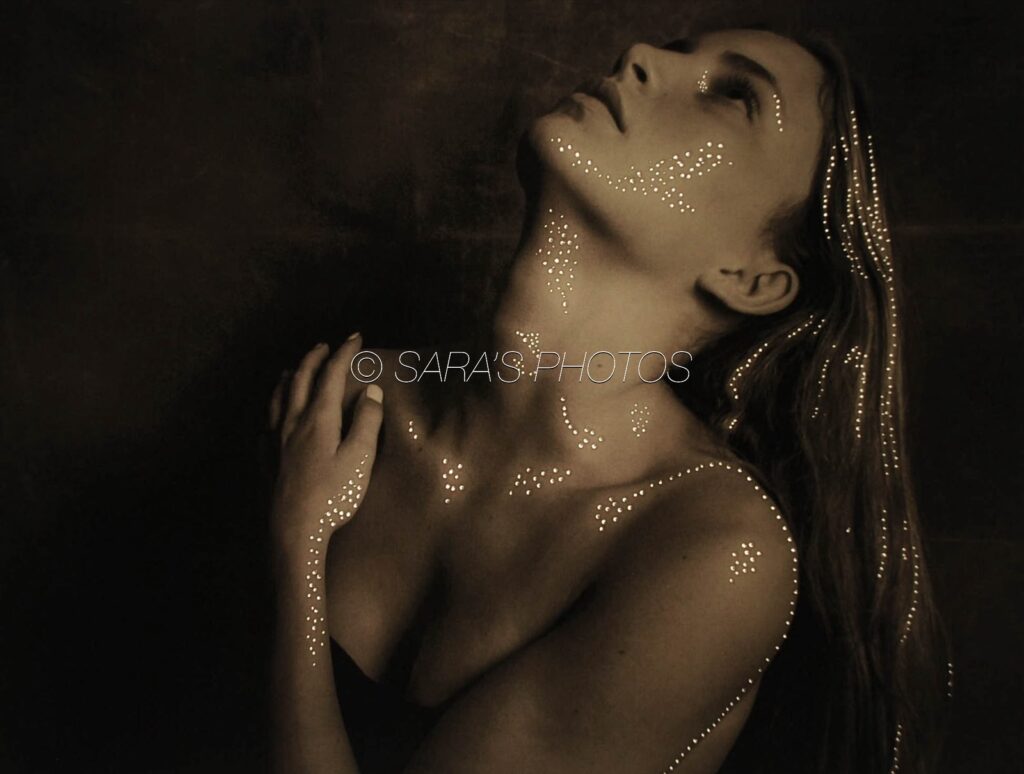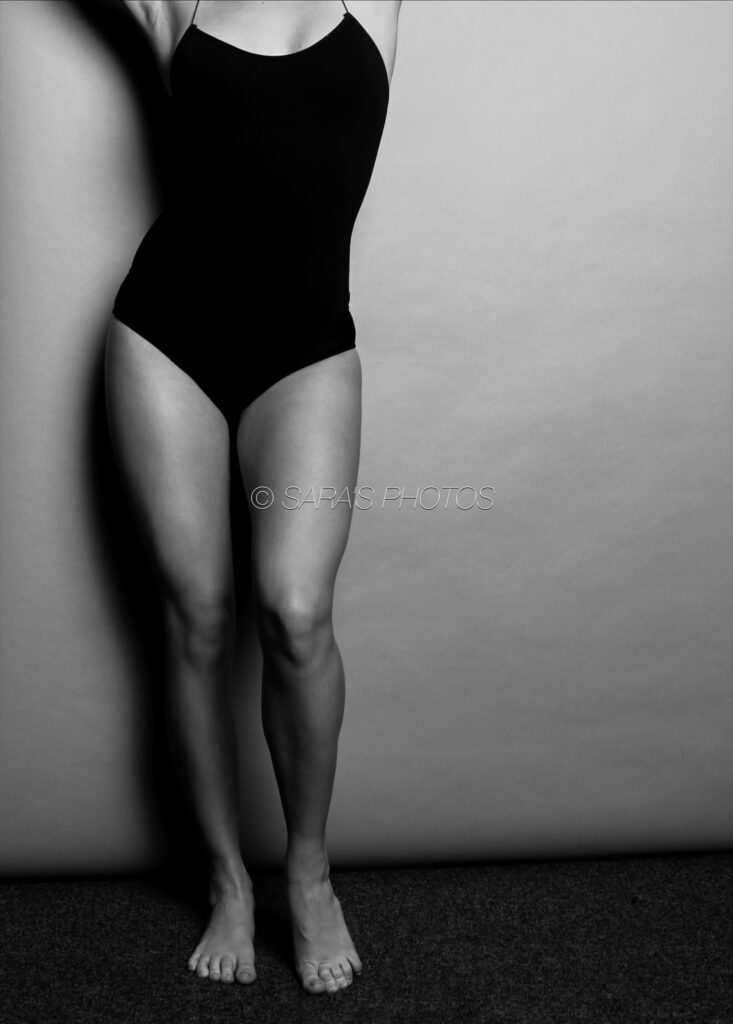The Male vs. Female Gaze
As a photographer for the past seven years, I have watched myself progress, and consequently, have observed common themes within my photographs. Specifically, I have noticed that many of my photographs pertain to perceptions of women and sensuality. This led me to thinking: why do I sway towards these topics and how can I expand on this?
Within my 10 piece series of investigating the male vs. female gaze, I included a few photos of mine from past years that reflect this topic and that have helped my creativity flourish through the process.
The male gaze and female gaze is an idea mostly referred to in the film industry. These contrasting perspectives reflect the difference in character portrayal depending on whose lens the character is seen through. Typically, the male gaze reflects women as more sexualized while the female gaze, a term coined by Laura Mulvey in the 1970s, portrays women’s unique emotions and experiences rather than depict them as objects with a sexual appeal. The male gaze is not only perpetrated by certain males, but also by females and other identifying individuals, unknowingly contributing to this toxicity in film and art.
In my series, I am focusing on this difference between the female and male gaze and its impact on female portrayal. The first five photos depict the male gaze. All of these photos possess common denominators: the portrayal of women as desirable and representation through self portraiture, revealing its personal affect to me and my work. As an artist, I used to be hesitant to depict photos that reveal sensual body language or simply just too much skin because of fear that my artistry would be undermined by certain male’s eyes. However, using this series, I found myself growing as an artist to challenge personal apprehensions and, instead, confidently portray my true voice and thoughts.
Photo 1 of The Male Gaze, “Luscious Bite,” is inspired by a scene in the television show, Gossip Girl, with the character Serena Vanderwoodsen eating a strawberry, and the camera zooming into her lips as males gawk at her sensuality. The second photo in The Male Gaze series is “Bedtime Appeal”, a self-portrait of myself in bloomers. I chose to pose in bloomers to show the exacerbated sexualization of women as time progresses. In the past, bloomers were considered scandalous to be worn outside of the bedroom and now, this type of clothing would be considered modest for bedtime attire. Thirdly, in order to highlight my physical attributes, I punched holes in accentuated areas and shone a light underneath, symbolizing how the male gaze highlights physicalities rather than a woman’s purpose and story. This allows the viewers to look at this photo through the lens of the male gaze as their eyes move with the bright holes around the female figure. Then, I captured a photograph with my muscular legs, portraying the male gaze favoring thicker thighs, as if women are objects that can be picked apart. Lastly, under the male umbrella, I captured a photograph of me walking away from the tripod, depicting the movement of my short skirt. This tripod was positioned to where a typical male character’s eyes would look if depicted through the male gaze: a woman’s bottom.
The next five photos represent the female gaze, which can be more difficult to identify and explain. The female gaze has the purpose of giving an individual emotions, personal experiences, and a sense of agency. Basically, humanizing an individual rather than portraying one as an object with the sole purpose of attracting others with their physicalities.
The Female Gaze series begins similarly, with a self-portrait of myself eating a strawberry. This piece symbolizes the true reality of a woman eating strawberries, a human action that can be messy and indulging, rather than an allure to men. Yet, the final result unintentionally revealed some aspects of the male gaze, with naked legs stretched forward as I eat strawberries, emphasizing the nuance of the male gaze’s persistence in the media.
Contrasting this perception of perfected beauty, the second photo under The Female Gaze is a portrait of an elderly woman with a bikini top, emphasizing her confidence in revealing clothing. I was walking in South Beach, and saw this woman, whom I asked if I could take a photo. The Female Gaze series’ purpose is to represent individuals with a story and emotions behind their external appearance, and in this photo, I aimed to capture a story of a woman finding her peace with her wrinkles rather than conforming to the male gaze in media, which highlights young and flawless beauty. Similarly, “Familiar Femininity” depicts two women, different in backgrounds, yet united in their femininity. In many movies, men are often depicted to enjoy watching women ‘cat-fight’, and with this piece under The Female Gaze umbrella, I aim to dispute this notion with a photo representing female unity and strength.
In the movie Transformers, Megan Fox’s scene of fixing a car is the prime example of the male gaze, as she is depicted in very little clothing, and her character’s purpose was not actually to fix the car but rather serve as eye-candy for the male characters around her. To comment on this scene from the female gaze’s perspective, I captured a photo of my friend, who is handy and always helps me fix my auto-malfunctions, with a realistic depiction of someone working on a car. Furthermore, The last photo in The Female Gaze series goes hand-in-hand with the last photo in The Male Gaze series. In contrast to where a male focuses, I depicted a photograph of me holding my stomach which is the last photograph under The Female Gaze, intending to reveal women’s unique experiences with body image, representing an example of how the female gaze tends to depict women with purposeful stories rather than just their physical attributes. With this, I aim to make evident that film through the female gaze often depict women picking themselves apart and being highly critical of themselves, as a result of the unique feminine perspective and experiences consequent to the male gaze’s dominance in the industry.
These two coexisting series, The Male Gaze and The Female Gaze, aim to give perspective to the differing perceptions of women, and educate viewers on how to differentiate the two, especially young girls who might see the male gaze in film or on television and believe that this is how everyone views women. Both sides have pros and cons, but, as a female creator, this series progressed with a bias toward the female side. Despite this bias, I believe that it is important to use one’s own feelings and experiences in their art in order to make the pieces unique and authentic. Essentially, I hope that this will inspire other young women in their perception of themselves.
Here is the male gaze portion of the Series:
Here is the female gaze portion of the series:
